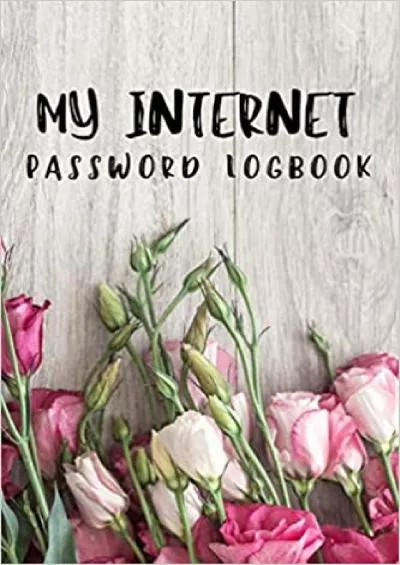PPT-What Happens After You Leak Your Password
Author : alida-meadow | Published Date : 2020-04-06
Understanding Credential Sharing on Phishing Sites Peng Peng Chao Xu Luke Quinn Hang Hu Bimal Viswanath Gang Wang Department of Computer Science Virginia Tech
Presentation Embed Code
Download Presentation
Download Presentation The PPT/PDF document " What Happens After You Leak Your Passwo..." is the property of its rightful owner. Permission is granted to download and print the materials on this website for personal, non-commercial use only, and to display it on your personal computer provided you do not modify the materials and that you retain all copyright notices contained in the materials. By downloading content from our website, you accept the terms of this agreement.
What Happens After You Leak Your Password: Transcript
Download Rules Of Document
" What Happens After You Leak Your Password"The content belongs to its owner. You may download and print it for personal use, without modification, and keep all copyright notices. By downloading, you agree to these terms.
Related Documents



![[DOWLOAD]-TOP SECRET PASSWORD BOOK: This Password Keeper is a perfect password log book](https://thumbs.docslides.com/980839/dowload-top-secret-password-book-this-password-keeper-is-a-perfect-password-log-book-for-seniors-or-password-diary-for-girls-boys-alphabetical-password-book-username-password-book.jpg)








![[PDF]-WTF Is My Password: Password Book with Alphabetical Tabs. Internet Address and Password](https://thumbs.docslides.com/986427/pdf-wtf-is-my-password-password-book-with-alphabetical-tabs-internet-address-and-password-logbook-with-tabs-your-personal-password-notebook-with-110-pages-6-x-9-password-keeper-password-books.jpg)